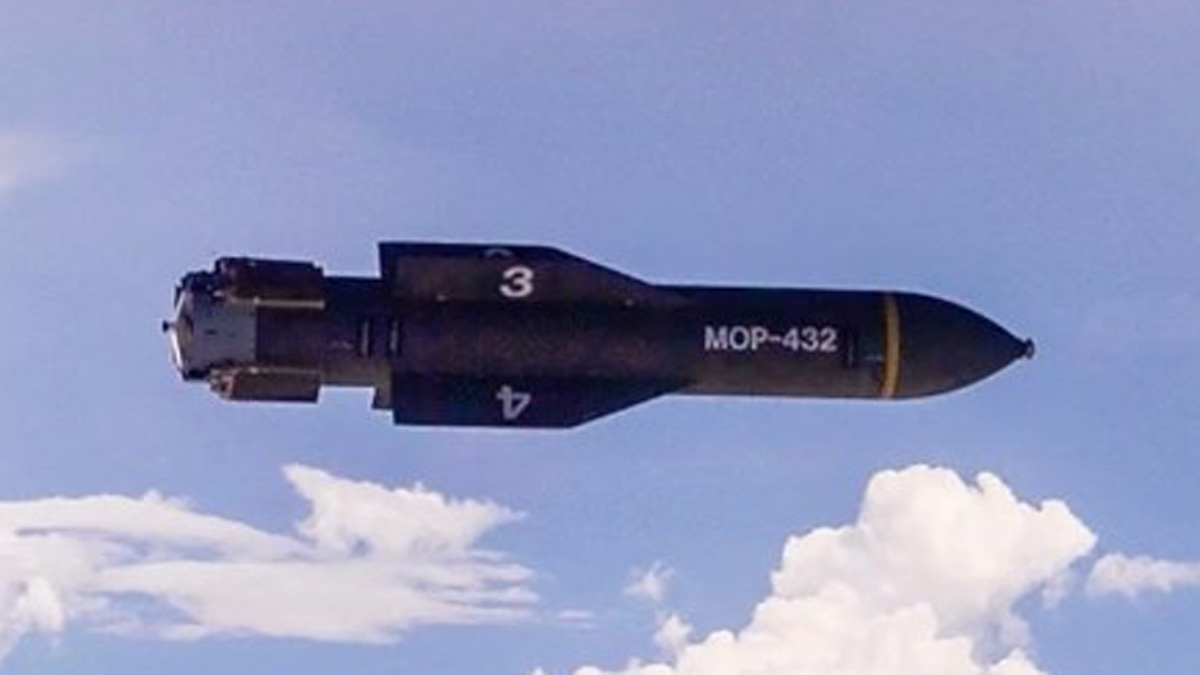More powerful than 'bunker buster' GBU-57 MOP? US working on next-gen penetrator with greater capabilities

The US deployed precision-guided GBU-57 A/B Massive Ordnance Penetrator (MOP)—commonly known as "bunker busters" because of their ability to penetrate deep below the surface before exploding—to target Iran's Fordow nuclear facility, during Operation Midnight Hammer. It was the first time this roughly 13,600kg bomb with a 2,400kg BLU-127 warhead was deployed for operation.
The dropping of the MOPs from B-2 stealth bombers sparked widespread media coverage and analysis of the capabilities of this GPS-guided, penetrating weapon which can destroy deeply buried and hardened bunkers and tunnels.
While GBU-57A/B MOP, developed to beat the limitations presented by previous versions of the bunker buster bombs such as GBU-28, is an extremely potent and unique weapon system, an even more powerful bunker buster, Next Generation Penetrator (NGP), is being designed by the US.
Being envisioned and developed as a more potent successor to the current GBU-57 MOP, the NGP is expected to have even greater capability against deeply buried and fortified targets. This is expected to be functional even in GPS-denied environments.
The advanced bunker buster bomb will be compatible with the B-21 Raider, the next-generation stealth bomber that is set to replace the B-2 Spirit. The B-21 Raider is still in development.
According to a 2024 contracting notice put out by the US Air Force, Air Force Life Cycle Management Center, Armament Directorate, Attack Division (AFLCMC/EBD) was conducting market research for industry capabilities "that can potentially meet technology demonstration needs for a Next Generation Penetrator (NGP) requirement."
ALSO READ: Bombing for peace: Who won, who lost in the Iran-Israel war
"The United States Air Force is seeking to identify capable vendors for the development of a prototype penetrator warhead design capable of defeating hard and deeply buried targets...Additionally, the USAF is seeking to identify vendors specialised in the design, development, and production of precision guidance systems for potential integration into this class of penetrator weapon," according to the notice.
The prototype penetrator warhead design effort should allow integration of technologies acquired and lessons learned under previous penetrator warhead developments, the notice added.
The US Air Force "will consider novel, demonstrated, or fielded Guidance, Navigation & Control (GNC) technologies with viability for integration into a warhead guidance system design that can achieve repeatable, high accuracy performance in GPS aided, degraded, and/or denied environments."
The Air Force requirement list says the weapon should be capable of operating in a GPS-degraded/denied environment and the warhead prototype design should not exceed 22,000 pounds.
Defence